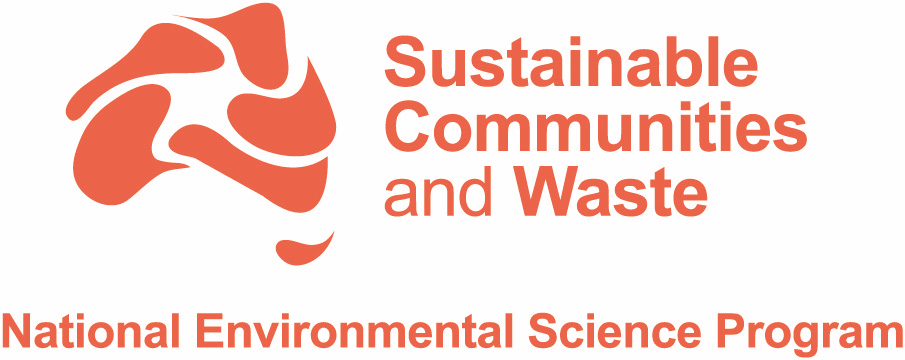August 2023 update
Welcome to the August 2023 quarterly update from the National Environmental Science Program (NESP), by the Department of Climate Change, Energy, the Environment and Water.
Hub highlights
Guitar made from waste
Scientists from the Sustainable Communities and Waste Hub (SCaW) joined DCCEEW staff this month in a take over of Questacon for National Science Week.
Hub leader Veena Sahajwalla and her team wowed the crowd with their captivating performance about microplastics, and the hub’s innovative approach to creating building products from waste materials.
An electric guitar made from the waste of ghost nets – discarded plastic fishing nets – was a favourite with both kids and parents alike. Victor Steffensen from Firesticks spoke about his upcoming work linking First Nations communities with Hub researchers to turn invasive plants and waste plastics from remote and regional locations into ceramic tiles for use in local buildings and construction.
The SCaW Hub’s work is just one example of how NESP science and innovation is helping to support positive environmental, social and economic outcomes. Read on to find out more about NESP’s role in helping to protect Australia’s environment.
Circular economy opportunities for waste rubber
Large volumes of rubber tyres and conveyor belts are discarded each year, with relatively low recycling rates.
Waste rubber in landfill and stockpiles is both an environmental hazard and a lost valuable resource.
A recent report from the Sustainable Communities and Waste Hub explores circular economy opportunities from waste tyres and conveyor belts in Western Australia.
The report examines the life cycle of waste tyres and conveyor belts, the environmental, community and cultural impacts of those wastes, and makes a series of recommendations for increasing resource recovery from recycling these waste materials.
The report found that improper management of this rubber waste can have negative impacts on the associated environmentally and culturally sensitive regions. It also found that more work is required to develop new ways to extend the life of these materials through recycling.
As more funding and investment opportunities arise to meet resource recovery targets, new markets for the reuse of recovered materials need to be developed.
This can be achieved through the development of appropriate policy and economic levers, evidence-based decision-making, and relevant industry and community engagement to realise the economic potential for the regions where these wastes are predominantly generated.

